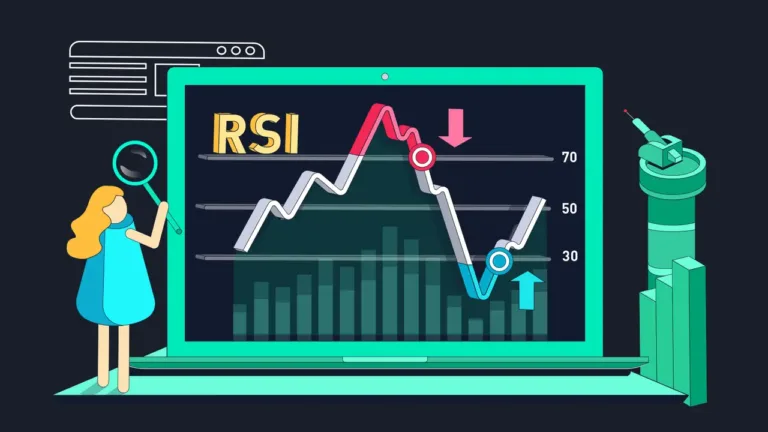Can Bitcoin Hit 1 Million?
Bitcoin’s surge toward the $1 million milestone sparks both excitement and skepticism among investors and analysts. Experts envision prices ranging from a conservative $200,000 floor to an ambitious $1.5 million ceiling.
Such divergent forecasts reflect a complex interplay of macroeconomic pressures, institutional adoption, supply mechanics, halving catalysts, and evolving technology shaping Bitcoin’s long-term trajectory.
Understanding these forces is essential for gauging whether Bitcoin can realistically attain seven-figure status in the years ahead.
Key Takeaways:
Hide- Chainalysis: Details how the April 2024 halving (block rewards cut to 3.125 BTC) intensifies scarcity dynamics. (Source: Chainalysis)
- 99Bitcoins: Discusses bold forecast tying dollar weakness to a $1 million Bitcoin scenario. (Source: 99Bitcoins)
- CryptoRank: Explores how yield products and institutional demand could propel Bitcoin toward seven figures. (Source: CryptoRank)
- AInvest: Highlights the surge of capital into Bitcoin ETFs, exemplified by $25 billion in IBIT AUM. (Source: AInvest)
- FXLeaders: Reports Robert Kiyosaki’s projection of $1 million by 2035 amid economic downturns. (Source: FXLeaders)
Is it Possible for Bitcoin (BTC) to Hit $1 Million?

The path of Bitcoin (BTC) to $1 million hinges on several interrelated dynamics—from economic headwinds to network scalability—that collectively shape demand, supply, and valuation over the next decade. Here are the detail of each factors to these high level target:
Economic Imperatives
Escalating macroeconomic instability, driven by $34.7 trillion in U.S. debt and continued expansionary monetary policy, may push capital into alternative stores of value.
As the dollar’s purchasing power erodes, Bitcoin’s fixed supply and perceived safe-haven characteristics could attract significant inflows.
Historical data show inverse correlations between Bitcoin price and dollar strength during quantitative easing phases, suggesting a sustained bid if policymakers continue loosening.
Institutional Validation
Institutional entry into Bitcoin markets has accelerated sharply. The launch of approved Bitcoin ETFs, notably BlackRock’s IBIT exceeding $25 billion in assets, underscores a transformative shift toward mainstream acceptance.
Should institutional portfolios allocate 2–10% to Bitcoin—mirroring gold benchmarks—trillions of dollars could flow into the market.
Corporate treasuries following MicroStrategy’s example would amplify this impact, embedding Bitcoin deeper into global financial structures.
Scarcity and Halving Effect
Bitcoin’s capped supply of 21 million coins establishes inherent scarcity. The April 20, 2024 halving reduced block rewards to 3.125 BTC, historically triggering substantial price rallies within 12–18 months.
As supply issuance slows, demand pressures intensify, reinforcing upward momentum.
Combined, fixed supply and halving schedules create a structural foundation for exponential appreciation, assuming persistent or growing demand.
Technological Evolution
Advancements like the Lightning Network and other layer-2 protocols are enhancing Bitcoin’s utility by enabling faster, low-fee transactions.
As usability improves, adoption may broaden beyond speculation into everyday commerce and institutional settlement.
Continued development of privacy features, smart-contract layers, and interoperability bridges could further expand Bitcoin’s use cases, cementing its role in digital finance.
Price Prediction
Analytical models offer varied timelines for a $1 million Bitcoin. Logarithmic regression points to late 2020s or early 2030s under historical growth trends, while the stock-to-flow framework aligns with targets in the high six to seven figures.
Optimistic scenarios envisage rapid ascent by 2028–2030, a base case places the mark at 2030–2035, and pessimistic setbacks could push it toward the late 2030s or beyond.
Considerations for Bitcoin HODLer

Navigating Bitcoin’s journey to $1 million requires strategic planning and vigilance across market, technical, and macro factors.
- Diversify Portfolio Allocations: Limit Bitcoin exposure to a percentage aligned with your risk tolerance, avoiding overconcentration.
- Define Technical signals: Beware of major support and resistance levels clear entry-exit point. Such as the possibility of BTC jump in into the nearest psychological support at $100K.
- Monitor Macroeconomic Indicators: Track U.S. debt metrics, inflation rates, and central bank policies for shifts that can drive Bitcoin demand.
- Watch Halving Timelines: Anticipate increased volatility and potential price surges in the 12–18 months following each halving event.
- Evaluate Technology Upgrades: Stay informed on layer-2 deployments and network improvements that enhance Bitcoin’s everyday utility.
- Reassess Institutional Flows: Pay attention to ETF inflows and corporate treasury allocations as barometers of mainstream adoption momentum.
The Possibility of Bitcoin to Hit $1 Million
Bitcoin’s ascent to $1 million is neither assured nor linear; it will depend on sustained macroeconomic pressures, deepening institutional participation, and the network’s evolving utility.
Economic instability and dollar devaluation may drive capital into Bitcoin, while halving events and fixed supply create structural scarcity. Technological advancements promise broader use cases, further bolstering demand.
Under optimistic conditions, $1 million could arrive by 2028–2030; in a moderate scenario, by 2030–2035; and under slower growth, it may not occur until the late 2030s.
Investors should balance conviction with risk management as they position for this potential milestone.







